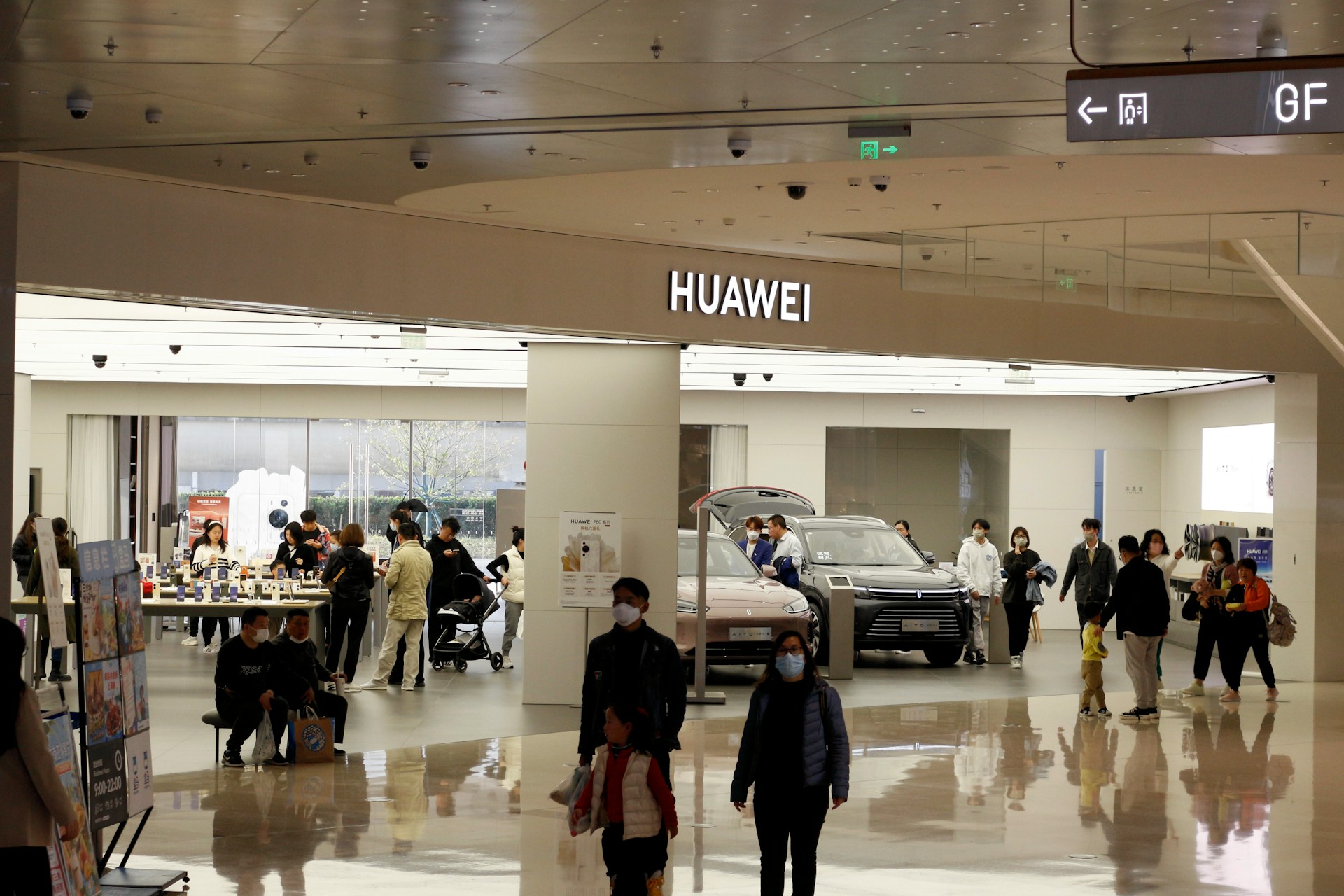Huawei Executive Zhang Pingan announced that the company is prioritizing improvements in 7nm chip yields and addressing related issues before shifting focus to 5nm and beyond, due to ongoing trade sanctions and reliance on SMIC.
Huawei Focuses on 7nm Chip Refinement Amid Trade Sanctions, Partnering with SMIC for Future Kirin Releases
Due to trade sanctions imposed on the company, Huawei must rely on its local foundry partner, SMIC, to advance the manufacturing processes for future Kirin releases. SMIC, China's largest semiconductor company, has effectively developed the 5nm process.
According to Wccftech, the Kirin 9100, anticipated to be included in the Mate 70 series, is expected to utilize this node. However, a Huawei executive announced their interest in resolving 7nm-related issues and transitioning to an enhanced manufacturing process, indicating a potential shift in the partnership dynamics.
Zhang Pingan, Huawei's Executive Director, has made it clear in a keynote published on Bilibili that the company's primary objective is not to transition to the 5nm or 3nm process. Instead, Huawei strategically focuses on refining the 7nm process, fully aware that it may encounter yield issues and other complications.
This approach, as reported by Huawei Central, underscores the company's commitment to concentrate on the chipset's actual capabilities rather than a singular manufacturing process. This strategic focus holds the potential to lead to the development of more efficient and powerful chipsets, instilling a sense of optimism about their decision-making.
Huawei will have adequate bandwidth to resolve the semiconductor's deficiencies if the chip's architecture can be enhanced. Reports indicate that SMIC's 5nm wafers could be up to 50% more expensive than TSMC's on the same node. This is likely due to SMIC's continued use of older DUV equipment instead of EUV. The cost difference, while significant, may be justified by the strategic benefits of working with a local partner and the potential for technology transfer.
Huawei and SMIC Collaborate to Tackle 7nm Chip Challenges, Facing Hurdles Without Advanced EUV Machinery
Despite the challenges posed by the trade sanctions, there is a potential for a fruitful collaboration between Huawei and SMIC. This partnership could pave the way for overcoming the production challenges with 7nm chipsets like the Kirin 9000S and Kirin 9010. If successful, the collaborative approach could address the current issues and instill confidence in the audience about the company's problem-solving capabilities.
However, it remains to be seen whether Huawei and SMIC can thoroughly address the 7nm issues mentioned by the executive without acquiring advanced EUV machinery. The lack of this equipment could pose significant challenges, potentially leading to slower production, higher costs, or lower quality.
Nonetheless, both organizations may be aware of information unknown to the public, which they may exploit. This could include alternative manufacturing techniques, innovative process optimizations, or strategic partnerships that mitigate the impact of the equipment ban.
Photo: P. L./Unsplash



 GlobalFoundries and UMC Explore Merger Amid U.S. Chip Strategy Shift
GlobalFoundries and UMC Explore Merger Amid U.S. Chip Strategy Shift  Nintendo Delays U.S. Pre-Orders for Switch 2 Amid Tariff Concerns
Nintendo Delays U.S. Pre-Orders for Switch 2 Amid Tariff Concerns  Intel, TSMC Eye Joint Venture Amid U.S. Chip Industry Crisis
Intel, TSMC Eye Joint Venture Amid U.S. Chip Industry Crisis  ReliaQuest Secures $500M to Boost AI Cybersecurity, Hits $3.4B Valuation
ReliaQuest Secures $500M to Boost AI Cybersecurity, Hits $3.4B Valuation  BYD to Launch 500 Ultra-Fast EV Charging Stations in April, Doubling Tesla’s Speed
BYD to Launch 500 Ultra-Fast EV Charging Stations in April, Doubling Tesla’s Speed  DeepSeek Launches V3 AI Model With Major Performance Boost and MIT License
DeepSeek Launches V3 AI Model With Major Performance Boost and MIT License  SoftBank Eyes $25B Stake in OpenAI Amid $40B AI Funding Surge
SoftBank Eyes $25B Stake in OpenAI Amid $40B AI Funding Surge  SK Hynix Sees Chip Order Surge Ahead of Possible U.S. Tariffs, Eyes AI Memory Boom
SK Hynix Sees Chip Order Surge Ahead of Possible U.S. Tariffs, Eyes AI Memory Boom  SpaceX, ULA, and Blue Origin Win $13.5B in Space Force Launch Contracts
SpaceX, ULA, and Blue Origin Win $13.5B in Space Force Launch Contracts  Anduril Eyes Global Expansion Amid Trump-Era Defense Shift and AI Partnership
Anduril Eyes Global Expansion Amid Trump-Era Defense Shift and AI Partnership  Apple and Elon Musk Clash Over Satellite Connectivity as Starlink Faces New Rival
Apple and Elon Musk Clash Over Satellite Connectivity as Starlink Faces New Rival  Nintendo Switch 2 Launches June 5 at $449.99 with Major Upgrades
Nintendo Switch 2 Launches June 5 at $449.99 with Major Upgrades  Nvidia Faces New Hurdles in China as Energy Rules Threaten AI Chip Sales
Nvidia Faces New Hurdles in China as Energy Rules Threaten AI Chip Sales  Amazon Delays Kuiper Satellite Launch Due to Weather Conditions
Amazon Delays Kuiper Satellite Launch Due to Weather Conditions  North Korea Unveils AI Suicide Drones and Airborne Radar in Military Upgrade
North Korea Unveils AI Suicide Drones and Airborne Radar in Military Upgrade  OpenAI Secures $40B from SoftBank, Reaches $300B Valuation Amid AI Boom
OpenAI Secures $40B from SoftBank, Reaches $300B Valuation Amid AI Boom  Microsoft AI CEO Prioritizes Session Success Rate to Drive Copilot Innovation
Microsoft AI CEO Prioritizes Session Success Rate to Drive Copilot Innovation 






























